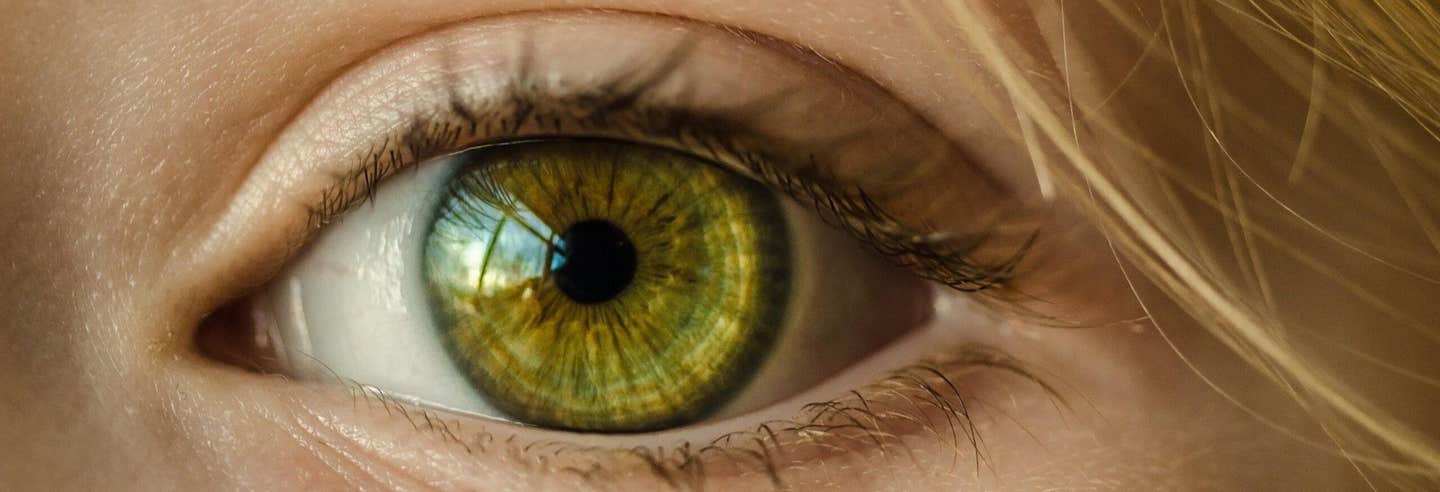New research reveals what happens to our brain and body when we pass out
In the world of human physiology, nearly 40% of individuals experience a startling and often alarming interruption: syncope.

[Dec. 3, 2023: JJ Shavit, The Brighter Side of News]
A patient has become the first person ever to receive a single brain implant, designed to manage both epilepsy-induced seizures and OCD.(CREDIT: Oregon Health & Science University)
In the world of human physiology, nearly 40% of individuals experience a startling and often alarming interruption: syncope. Known colloquially as fainting, this transient loss of consciousness can be prompted by a multitude of triggers—pain, fear, excessive heat, hyperventilation, and more.
It's not only a common occurrence but also a frequent cause of emergency room visits, casting a shadow of concern over its unpredictability and the underlying mechanisms that remain, for the most part, enigmatic.
However, a landmark report in the esteemed journal Nature has shed new light on this perplexing phenomenon. A team of researchers from the University of California San Diego, in collaboration with The Scripps Research Institute and other esteemed institutions, has taken a significant leap forward by identifying a genetic pathway between the heart and brain that is linked to fainting.
This study is not merely an academic exercise; it represents a seismic shift in how scientists view the heart's role in our nervous system. Traditionally, the heart was considered a mere follower, dutifully beating to the rhythm set by the brain's commands.
Related Stories
The UC San Diego team, however, flipped this notion on its head, treating the heart as a sensory organ in its own right, capable of sending vital signals back to the brain, potentially influencing its function.
"What we are finding is that the heart also sends signals back to the brain, which can change brain function," remarked Assistant Professor Vineet Augustine of the School of Biological Sciences, the senior author of the study. Augustine, with an interdisciplinary approach, is probing the neural connections between the heart and brain, which could have far-reaching implications for understanding and treating a range of psychiatric and neurological disorders.
This pioneering research revolves around the Bezold-Jarisch reflex (BJR), a cardiac reflex described as far back as 1867, known for causing a decrease in heart rate, blood pressure, and breathing—symptoms frequently associated with fainting. Despite the suspicion that BJR was connected to syncope, the neural pathways involved were shrouded in obscurity, until now.
An image of a heart labeled by vagal sensory neurons. In a new study published in the journal Nature, UC San Diego researchers and their colleagues found that these neurons trigger fainting, laying a foundation for addressing fainting-related disorders. (Credit: Augustine Lab, UC San Diego)
The researchers homed in on the genetic makeup of a cluster of sensory neurons within the nodose ganglia, integral to the vagus nerves that facilitate communication between the brain and visceral organs, including the heart. The key players turned out to be vagal sensory neurons (VSNs) that express the neuropeptide Y receptor Y2 (NPY2R), firmly connecting them to the BJR's well-documented responses.
To the researchers' astonishment, stimulating these NPY2R VSNs in mice via optogenetics—a cutting-edge technique allowing precise control over neuron activity—resulted in the animals fainting almost instantaneously. This reaction was accompanied by a suite of observable changes: dilated pupils, the classic 'eye-roll' akin to that seen in human fainting episodes, and a suppression of heart rate, blood pressure, and respiration.
These findings were further supported by collaborations, such as with Professor David Kleinfeld's laboratory, which provided insights into the reduced blood flow to the brain during these episodes.
"We were blown away when we saw how their eyes rolled back around the same time as brain activity rapidly dropped," the researchers conveyed in their summary. "Then, after a few seconds, brain activity and movement returned. This was our eureka moment."
By eliminating the NPY2R VSNs in mice, the BJR and associated fainting symptoms disappeared, offering compelling evidence of these neurons' pivotal role in syncope. The study also reinforced previous findings that linked fainting to decreased brain blood flow but went a step further by implicating brain activity itself as a crucial component.
ECG waveforms recorded under 2% isoflurane. Photostimulation substantially lowered the heart rate. Average heart-rate traces with different stimulation frequencies (left) and quantification (right) under isoflurane (iso). Increasing photostimulation frequencies reduced heart rates in a scalable manner (n = 9 for ChR2 mice, n = 5 for tdTomato mice; 10 Hz, P = 0.0079; 20 Hz, P
These discoveries represent a paradigm shift in the scientific understanding of how our bodies and brains interact. "Neuroscientists traditionally think the body just follows the brain, but now it is becoming very clear that the body sends signals to the brain and then the brain changes function," Augustine elucidated.
This research bridges the gap often found between neuroscience and cardiology, fields that have historically operated in silos despite their obvious intersections. The UC San Diego team, by contrast, underscores the necessity of a holistic approach to unraveling the mechanisms of syncope, one that acknowledges the intricate bidirectional communication between the heart and the brain.
Schematic of anterograde tracing of NPY2R VSNs. gCOMET-labelled neurons in a nodose ganglion of a NPY2R-Cre mouse (n = 4). Fibre distribution of NPY2R VSNs (green) in the AP and NTS (n = 4). (CREDIT: Nature)
The researchers' ambition is to forge ahead, delineating the exact conditions that prompt vagal sensory neurons into action. Their goal is not only to demystify the moment of syncope but to harness their findings in developing targeted therapies for conditions related to fainting.
The team's vision is clear: to elucidate cerebral blood flow and neural pathways during syncope, thereby unveiling the secrets of a condition that has perplexed humanity for ages. This research not only offers a window into the mysterious interplay of brain and heart but also beckons the dawn of potential treatments for the millions who suffer from fainting spells and the associated conditions that shadow their lives.
For more science stories check out our New Discoveries section at The Brighter Side of News.
Note: Materials provided above by The Brighter Side of News. Content may be edited for style and length.
Like these kind of feel good stories? Get the Brighter Side of News' newsletter.



